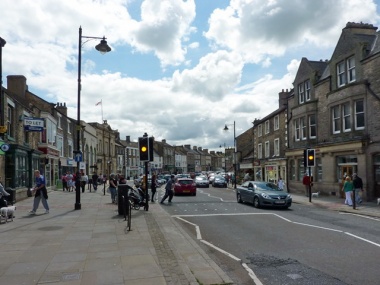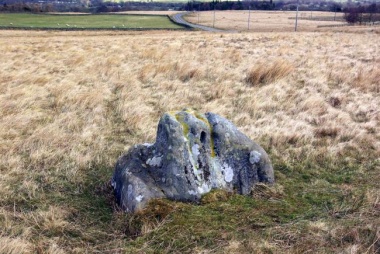How did Barnard Castle survive the Plague?
In the 17th century, Britain was wracked by plague epidemics that devastated communities. When the plague arrived in Barnard Castle in 1653, the community needed to act fast to stop the disease from spreading. But how did they cope?
4th May 2021Heritage
If you walk the streets of Barnard Castle today, you’ll see the signs of recent change scattered throughout the high street. The tragedy of COVID-19 has left its mark on even the smallest towns and villages of the UK, and Barnard Castle is no exception. From masks, to hand sanitizer, to social distancing, we’ve all faced rapid changes to our lifestyles. It makes you wonder; will the scars of this pandemic linger for future generations to ponder?

Horse Market, Barnard Castle
Barnard Castle is no stranger to the horrible effects of disease, the town has faced various outbreaks over the years. Most famous of which being the cholera epidemic of 1849, that caused massive loss in the community. This epidemic is well documented, and is even the upcoming focus for our next talk on the history of St Mary’s Church and its Parish in June. But there was another, equally fatal, disease that hit Barnard Castle centuries before: the plague.
The bubonic plague originally came to Britain in in the 14th century in a pandemic ominously referred to as the Black Death because of its devastating effect on the wider population, killing an estimated 25 million people across hundreds of countries. Caused by a bacterium present in parasitic fleas, it’s highly fatal in most cases, and in others can remain active – and transmittable – for years. This is why, while it died out in most places, this strain lingered on, causing a string of epidemics and outbreaks that continued till around the 19th century.
In 1663, two years before the Great Plague of London, the disease came to Teesdale once again. As this wasn’t the outbreak in this area, and with an attitude not too dissimilar from our modern day, the people of Barnard Castle decided that they needed to continue with normal life as far as possible. So, they decided to add a few restrictions! Social distancing isn’t a new concept it seems.
While fear spread throughout the surrounding villages, the decision was made to cancel markets and gatherings. But they needed to come up with a way to make sure local farmers could continue to sell their produce and make a living. And so, two years before its more famous cousin at the village of Eyam, the Butter Stone was created.

The Butter Stone // Source: The Northern Echo (Copyright Hugh Mortimer)
About 4km from Barnard Castle on the Cotherstone Moor, the Butter Stone rests amongst the hills. If you passed it, you probably wouldn’t give it a second glance, unless you knew its history of course. This stone was where farmers and other sellers would leave their produce, to be exchanged for money. A little pool of vinegar in a natural well on the top of the stone was the 17th century version of hand sanitizer, acting as a disinfectant for the coins. Using the stone kept people distanced, completely cutting out the need for any contact.
This was a successful way of preventing the spread of disease, made all the more impressive considering nobody at the time was actually sure how the disease was transmitted. Our own recent experiences make this reflection on history even more poignant. It’s easy to relate to the fear and isolation these people felt, but their resolve to keep safe and carry on is one we can all empathize with. Who knows what the remaining scars of COVID-19 will tell people of the future. Will they look back like we do? What’s certain, is that the community of Barnard Castle will survive, as it always has!
Follow us on Facebook
Get more updates and engage with the church community on our Facebook page


